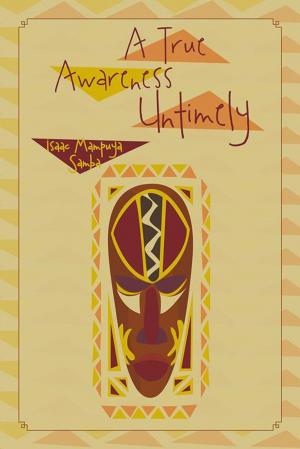Lexicon and Atlas of the Modern World Coinciding with the Ancient Greek World
Nonfiction, Science & Nature, Nature, History| Author: | Joseph R. Laurin | ISBN: | 9781477296974 |
| Publisher: | AuthorHouse | Publication: | January 9, 2013 |
| Imprint: | AuthorHouse | Language: | English |
| Author: | Joseph R. Laurin |
| ISBN: | 9781477296974 |
| Publisher: | AuthorHouse |
| Publication: | January 9, 2013 |
| Imprint: | AuthorHouse |
| Language: | English |
LEXICON AND ATLAS OF THE MODERN WORLD COINCIDING WITH THE ANCIENT GREEK WORLD
From Solon of the sixth century BCE to Alexander the Great of the fourth century BCE, the Ancient Greek World covered about six percent of our Modern World, but in this small inhabited territory many of the greatest deeds of history were accomplished in places whose names remained the same to this day or changed with the subsequent civilizations. In order to retrieve from this book some brief information about nearly four thousand of these places the researchers can approach it by their names in either the Modern world or the Ancient Greek World. For the Ancient Greeks, the earth was a flat oval sphere surrounded by a huge Ocean, longer from west to east than from north to south. In addition to Hellas (Greece), their world encompassed the lands of Southern Europe, North Africa and Egypt, and West and Central Asia. In relation to the Modern World, it covered from the British Isles and Gibraltar in the west to western China and India in the east and from southern Germany, the Ukraine and Kazakhstan in the north to north Africa, Ethiopia and the Arabian Sea in the south. In this publication, cities, islands, mountains, regions, rivers and seas are listed alphabetically with a brief description in the Lexicon and a reference to their locations on forty-two maps in the Atlas. They are all listed again by groups in the Index. Between the monumental publications about the geography of the Ancient Greek World and the specialized ones, there remained between them a gap to be filled in by an instrument providing a fairly comprehensive and always brief, clear and easy-to-handle listing of places. Filling in this gap with such an instrument is the purpose of this publication addressed primarily to the busy readers and writers of all types.
http://www.greekancienthistory.com/
LEXICON AND ATLAS OF THE MODERN WORLD COINCIDING WITH THE ANCIENT GREEK WORLD
From Solon of the sixth century BCE to Alexander the Great of the fourth century BCE, the Ancient Greek World covered about six percent of our Modern World, but in this small inhabited territory many of the greatest deeds of history were accomplished in places whose names remained the same to this day or changed with the subsequent civilizations. In order to retrieve from this book some brief information about nearly four thousand of these places the researchers can approach it by their names in either the Modern world or the Ancient Greek World. For the Ancient Greeks, the earth was a flat oval sphere surrounded by a huge Ocean, longer from west to east than from north to south. In addition to Hellas (Greece), their world encompassed the lands of Southern Europe, North Africa and Egypt, and West and Central Asia. In relation to the Modern World, it covered from the British Isles and Gibraltar in the west to western China and India in the east and from southern Germany, the Ukraine and Kazakhstan in the north to north Africa, Ethiopia and the Arabian Sea in the south. In this publication, cities, islands, mountains, regions, rivers and seas are listed alphabetically with a brief description in the Lexicon and a reference to their locations on forty-two maps in the Atlas. They are all listed again by groups in the Index. Between the monumental publications about the geography of the Ancient Greek World and the specialized ones, there remained between them a gap to be filled in by an instrument providing a fairly comprehensive and always brief, clear and easy-to-handle listing of places. Filling in this gap with such an instrument is the purpose of this publication addressed primarily to the busy readers and writers of all types.
http://www.greekancienthistory.com/















